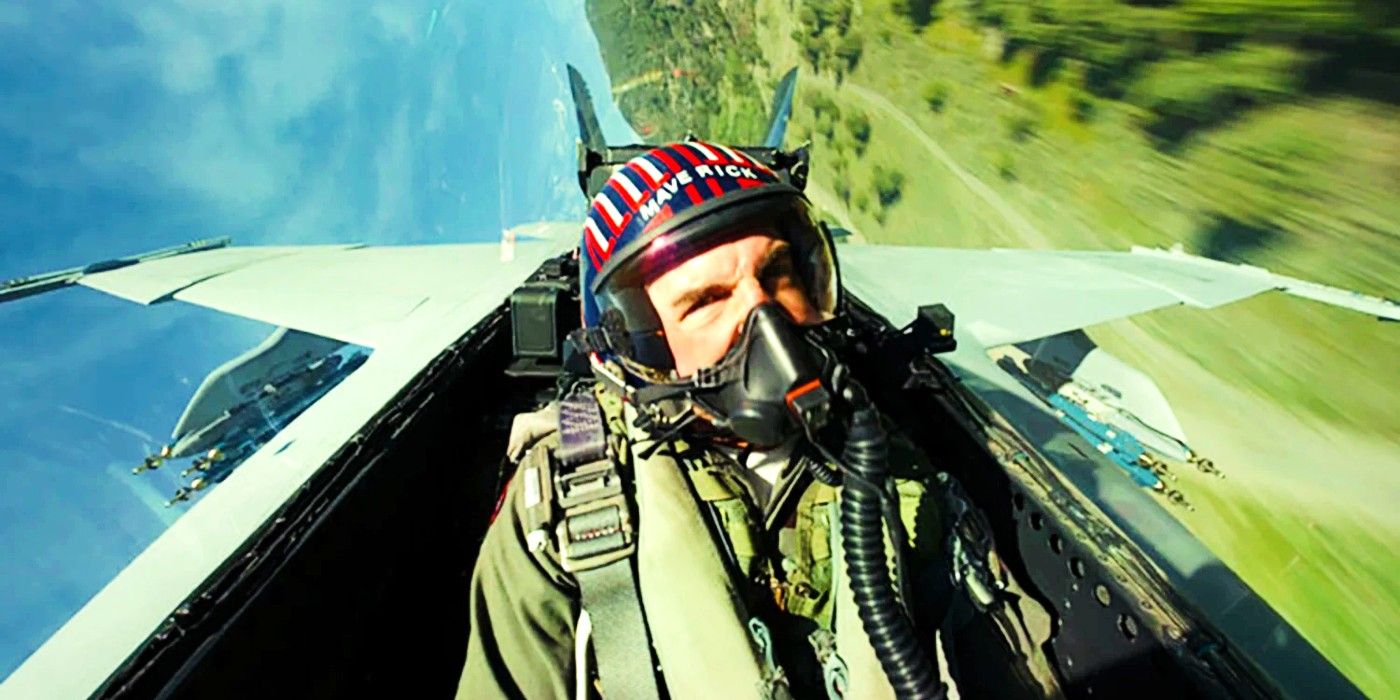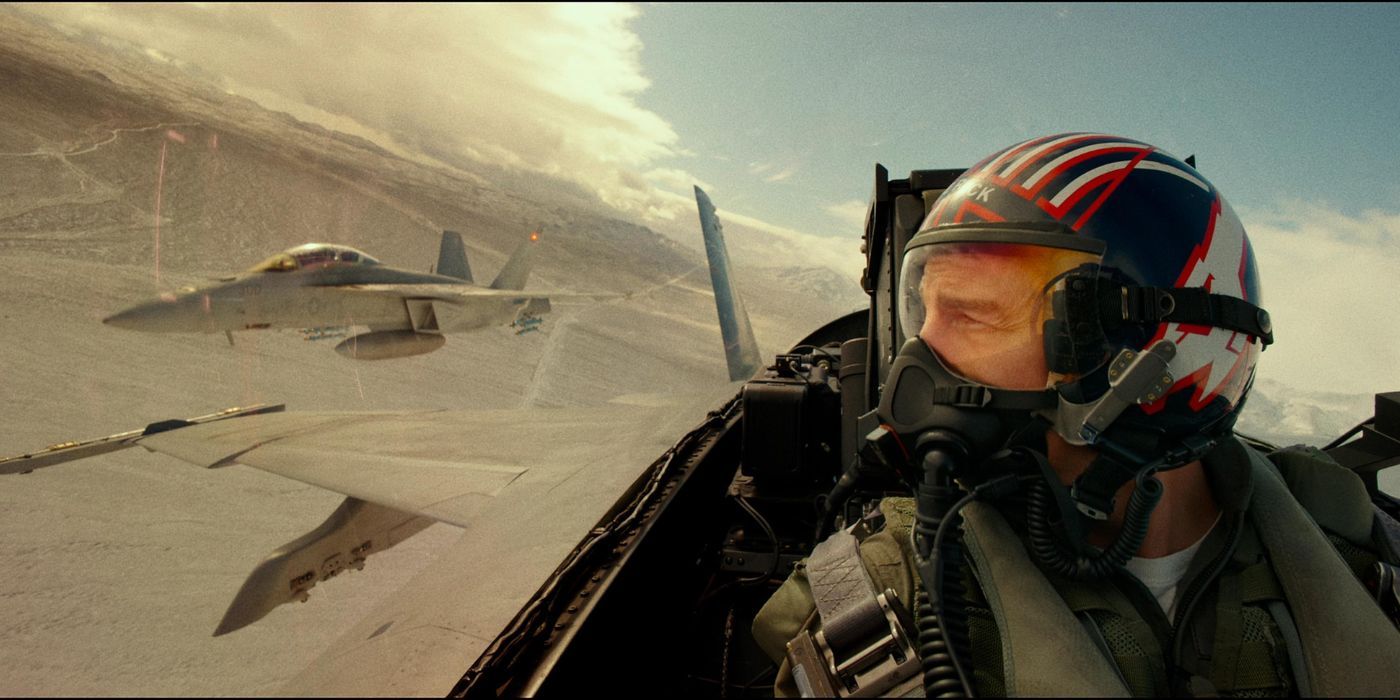Joseph Kosinski, director of Top Gun: Maverick, opens up about the film's nameless enemy. Top Gun: Maverick is the sequel to 1986's Top Gun, with Tom Cruise back in the cockpit as Capt. Pete 'Maverick' Mitchell. The film also sees Val Kilmer return for a small role alongside a cast that includes Jennifer Connelly, Miles Teller, Glenn Powell, Jon Hamm, and Ed Harris. The sequel sees Maverick brought back to the Top Gun program as an instructor tasked with whipping a young group of pilots into shape, one of whom is Bradley 'Rooster' Bradshaw, the son of Anthony Edwards' Goose from the original film.
One of the unique aspects of Top Gun: Maverick is that the enemy they face is never identified. Just like in the original Top Gun, the pilots find themselves against a foreign enemy, but there are never any indications of their origin, such as a flag or even the mention of an area of the world. Furthermore, the enemy pilots wear mirrored lenses on their helmets, truly making them faceless to the audience. While most films depicting war clearly make the enemy known to viewers, even when the conflict is fictional, Top Gun: Maverick made the distinct choice to leave things more ambiguous, making their foe simply an enemy of the United States of America.
While speaking with The New York Times, Kosinski was asked who the enemy in Top Gun: Maverick was meant to be. The director stated that they kept the idea of a faceless, unidentified enemy from the first film, which allowed them to make a fun action movie without getting bogged down in politics. While Kosinski never mentions what country the enemy hails from, he does state that it almost allowed the film to feel like an alternate reality. Check out Kosinski's comments on the enemies from Top Gun: Maverick below:
"We had that great guidance from the first movie — it’s this faceless, nameless bad guy, which is perfect because, again, we didn’t want to make a movie about politics. You can’t really connect it to any real-world enemies. The mirrored, masked pilots also contribute to this feeling of this being a little bit in an alternate reality. That was a fun exercise as a director, to create a non-traceable enemy."
A movie like Top Gun: Maverick can be seen as very American and even recruitment propaganda to some, which means that making the choice to leave the enemy unidentified could boil down to the financial potential in foreign markets. By not having a named country as the antagonist, the sequel could likely play better in countries around the world, as it helps avoid existing political conflicts, allowing the film not to offend any country outright. And while Top Gun: Maverick has been a hit in the U.S., the international grosses are just as impressive.
Top Gun: Maverick has racked up a hefty $1.4 billion worldwide, with $731 million being from international markets. So with the sequel breaking numerous box office records and still eyeing the top spot at the box office despite being released in May and available On Demand, Top Gun: Maverick clearly made some stellar decisions, like allowing the film to have global appeal.
Source: The New York Times


